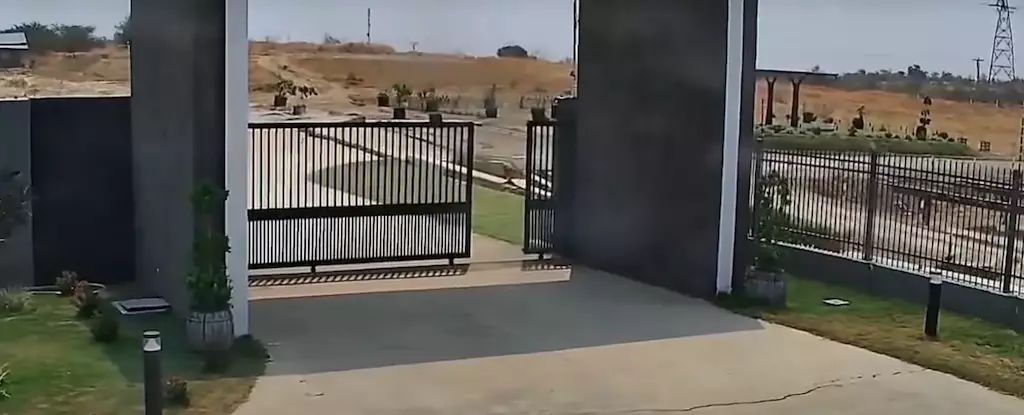In the annals of natural disasters, few events can match the sheer terror encapsulated in the recently surfaced security video capturing the devastating 7.7 magnitude earthquake that struck Myanmar on March 28, 2025. A cold, calm day turned explosive in mere seconds, as the Earth itself cracked open. The surreal transition from serenity to chaos presents a stark reminder of humanity’s vulnerability in the face of nature’s wrath. For those who witnessed the video, what lies beyond mere statistics becomes visceral—a shuddering fear of not just potential destruction, but of the unpredictable and often uncontrollable forces that govern our planet.
The video, which emerged via social media, unveils an abrupt and dramatic rupture of the Earth’s crust, an occurrence so rare that it feels almost surreal. While the harrowing statistics—over 3,700 lives lost and thousands more injured—paint a grim picture, the visual reality of catastrophic geological shifts is harrowing, leaving us reflecting on the existential nature of such disasters. Moments like these remind us that, as advanced as we might believe ourselves to be, we remain at the mercy of Mother Nature’s fury.
Understanding the Mechanics of Destruction
What makes the Myanmar earthquake particularly noteworthy in seismological terms is its classification as a supershear event—an earthquake that moves faster than traditional seismic waves. This didn’t just displace the ground; it shattered expectations of what we know about Earth’s tectonic movements. The notion of a “supershear” quake adds a layer of complexity and urgency to our understanding of earthquake activity and its consequences.
The terrifying ease with which the earthquake transformed solid ground into a chaotic landscape highlights a critical lesson in our relationship with our environment. The origins of this tectonic activity lie along the Sagaing Fault, an active, notoriously destructive fault line that underscores why countries such as Myanmar should be on heightened alert. The proximity of major urban centers, including Mandalay—a city now bearing scars from this earthquake—delivers a harsh reminder of the need for improved preparedness.
The Ripple Effect of Natural Disasters
Beyond the immediate devastation of life and property, the implications of this seismic event extend well beyond Myanmar’s borders. The ramifications were complex, igniting cascading failures in infrastructure across regions, including the impacts felt in high-rise buildings in Bangkok due to geological instabilities. This phenomenon reveals how interconnected our modern world truly is; the impacts of one region’s natural disaster can ripple through socioeconomic systems globally, raising critical questions about our preparedness and the need for comprehensive disaster management strategies.
Behavioral scientists must analyze how communities respond to such disasters, focusing on psychological resilience and post-traumatic growth. Can we harness a sense of solidarity and urgency from moments of calamity, translating fear into proactive measures? The call to action is not just for immediate disaster response but for long-term policy evolution that prioritizes sustainability and resilience.
Challenges in Seismological Research
While the calamity has revealed seismic precedents that require further investigation, we’re also reminded of the gaps in our understanding of earthquakes and their prediction. The challenges faced by scientists in predicting when and where the next earthquake might strike are immense, with the 2025 event further underscoring the unpredictability inherent in our geological landscape. Research initiatives must prioritize innovative technologies and approaches that can better interpret seismic data, enabling governments and communities to pre-emptively address potential disasters.
The haunting image of the ground sliding and buckling as seen in the captured footage stirs a mixture of awe and fear. Earthquakes are not just geological events; they are societal phenomena that challenge how we structure our communities and prepare our infrastructures. They are the ultimate test of human resilience and preparedness. As individuals, local governments, and nations consider the implications of such disasters, it’s clear that we must take these events as critical lessons rather than mere statistics, amplifying collective efforts to heighten awareness, safety, and proactive strategies to face the seismic uncertainties ahead.


Leave a Reply